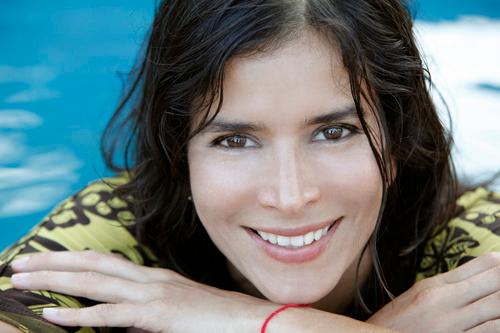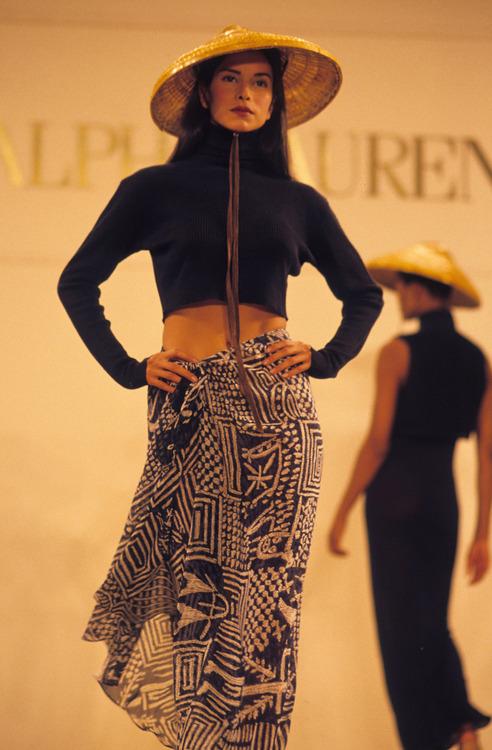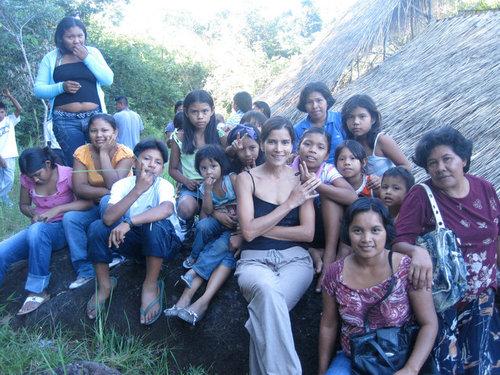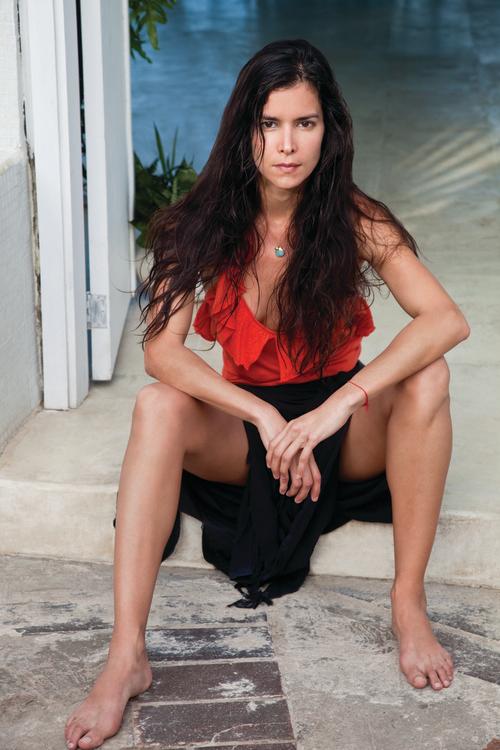
When supermodel Patricia Velasquez
was growing up in Venezuela, she lived in poverty, one of six children
raised by educators. After high school she studied engineering, but was
sent off course when a local hairdresser noticed her modeling potential,
leading to a casting call and a turn in the Miss Venezuela pageant.
Suddenly, Velasquez found herself at the precipice of a successful
modeling career — and she chose it, wanting to earn money for her
family. In the years that followed, she walked runways for Chanel,
Gucci, and Carolina Herrera; modeled for Victoria’s Secret and the
Sports Illustrated Swimsuit Issue; and acted in the various incarnations
of “The Mummy” movies. She lived in Paris before moving to New York as a
Ford model, falling in with a glamorous crowd and finding much success
in the fashion world. But behind the scenes, the model was struggling
with a newly discovered secret — that she was gay.
Below, read more from Yahoo Parenting’s conversation with the model, actor, writer, and mom.
 |
On the runway for Ralph Lauren in 1995. Photo by Rose Hartman/Getty Images
|
Did you always want to be a mother?Never!
I never saw myself as a mom. Then, as it happens to 99.9 percent of
women, when you’re reaching 40, 39, all of a sudden you want to have
kids. But it was really my girlfriend [at the time] Lauren, she wanted
to have a child, and she gave birth, and now I could not be happier.
Maya is the biggest joy in my life. Lauren and I separated after eight
years together, and I’ve been with my current partner, Ileanna, for a
year. She’s also Venezuelan. We were friends first for 12 years. She was
with guys for a long time and…something evolved, and this is all very
new for her. We are learning together about these new types of families:
She’s come into a relationship with someone who has a kid, but I have
an amazing relationship with my ex-partner, and her partner has a little
boy who’s 6 who is now Maya’s half brother. All of us really get along —
they go away, we take the kids. So it was a little bit strange for her
at the beginning, for sure.
What are the chances that Maya will follow in your modeling footsteps?She
dances and she does gymnastics and she’s a very pretty girl. But I want
Maya to have as normal a childhood as possible, and to keep her
conscious that there is a world out there, and that kids here have a
lot. We have a foundation for more than 3,000 children who live in
extreme poverty. [Velasquez founded the Wayuu Taya Foundation
in 2002 to assist Latin-American indigenous children]. So you want to
give back. Before we go to bed I say to Maya, “Tell me three things you
are thankful for, and one act of kindness.” She used to say things like,
“My blankie, Mommy, and Mama.” So now in my book’s dedication, I say,
“The three things I’m grateful for are you, you, and you.”
 |
| Velasquez doing charity work in Venezuela. |
You
write that while you were achieving fame, living a lie about your
personal life was “torturous,” and that it “was eroding my soul bit by
bit.” When was the height of that for you?So, I have a problem
with my feet. I grew up as a dancer and I had had bunion surgery on my
feet when I was 13 years old — they shortened my toes — and my feet were
never the same after that surgery. So as I started modeling, and the
more successful I became, my feet started killing me. I used to do these
shows and I would have tears running down my face — you can probably
see it in some of the videos — because I could not walk. Then I had more
surgery. I had neuromas [pinched nerves] taken out. And I still have
this thing with my feet and shoes and wearing high heels. But going back
to your question, there was one time when I was walking down the runway
in a Karl Lagerfeld show in these heels that came all the way up to the
knee. They had to be cut off with scissors in between clothing changes
because there was no time, just bam bam bam all the way up my
leg. And my feet were in so much agony in that second! I don’t know what
it evoked in me, but when I talk about “eroding my soul,” sometimes I’d
wonder: Was the secret I was hiding, about being gay, manifesting
itself with the issues I had in my feet? I related the heels with
femininity and being straight, but now that I live my life fully I know
those things have nothing to do with each other. Now I can own my feet,
and own my heels, and own my femininity. But it was in that moment, in
that show, that I felt the most pain, and really felt my soul was
eroding.
 |
Photo by Jenny Woodman
|

No comments:
Post a Comment